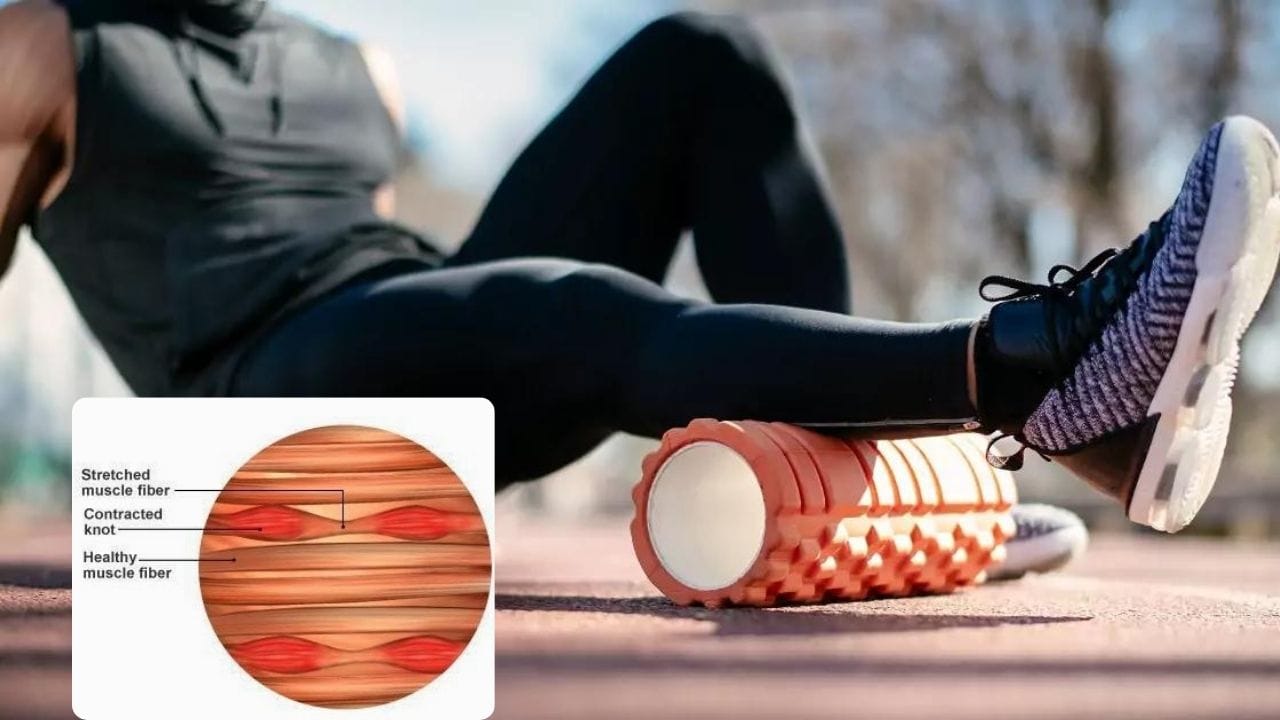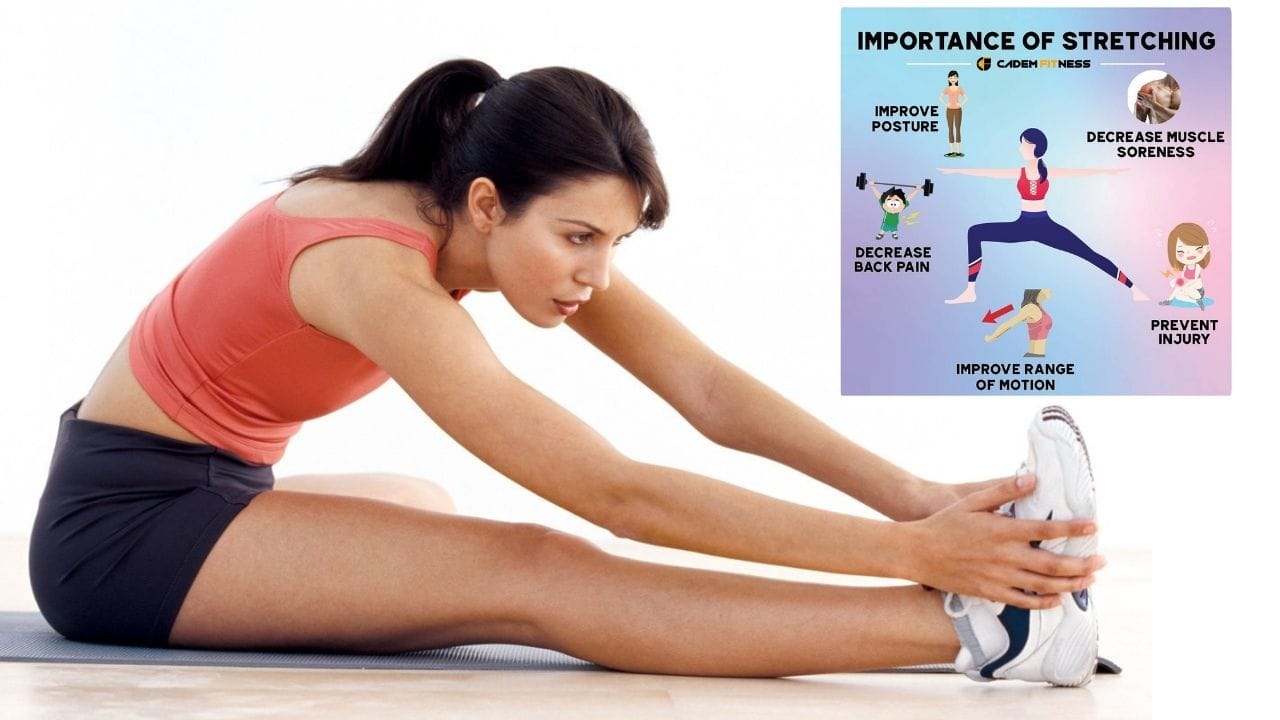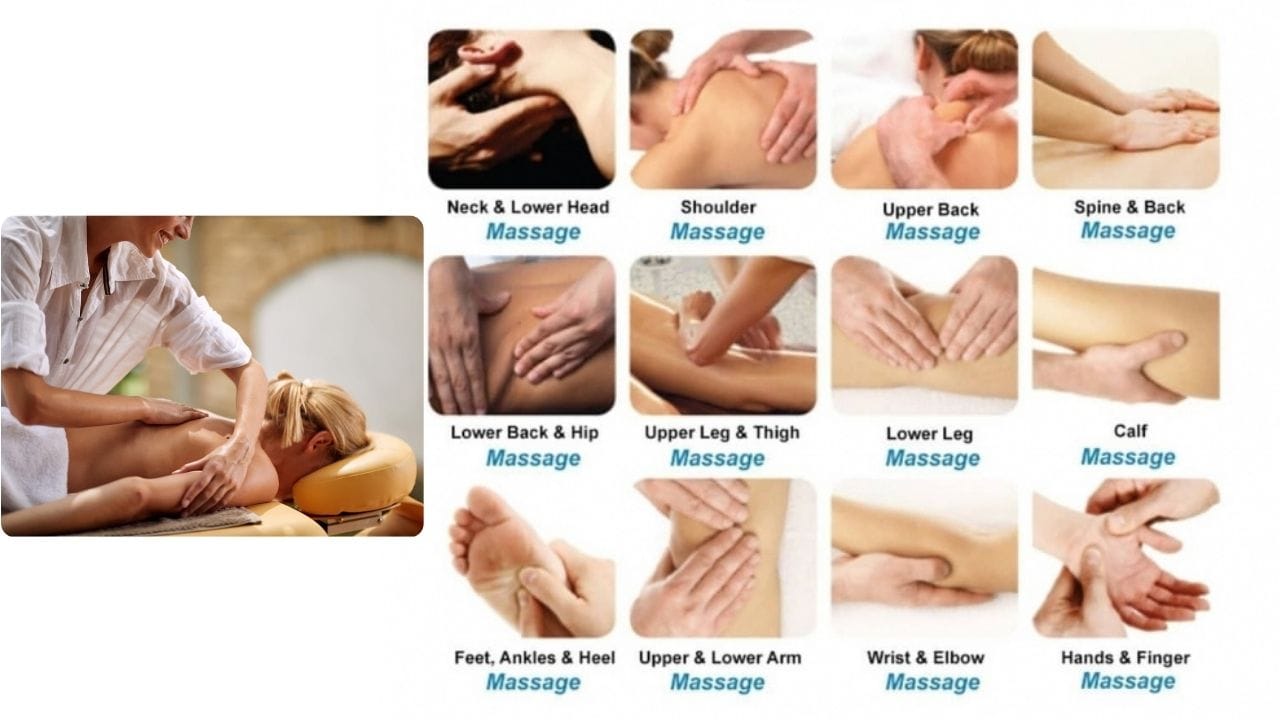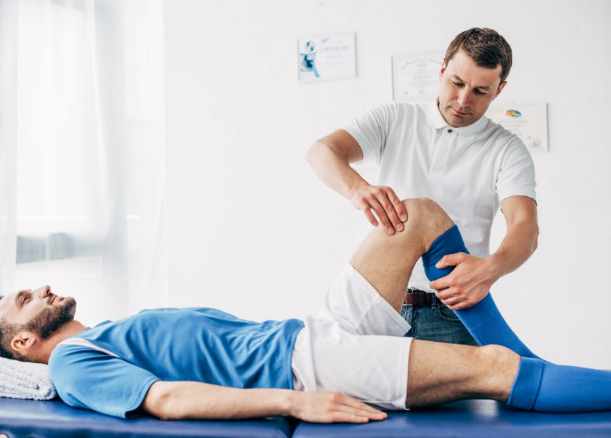Soothing Path to Relief With Massage for Sciatica
From deep tissue to targeted trigger point massage, the soothing touch of a skilled therapist can provide relief and contribute to an approach to alleviating sciatic nerve pain.

Sciatica can be a real pain in the back, literally. This condition, characterized by pain that radiates along the sciatic nerve from the lower back down to the legs, can significantly impact one's quality of life. However, massage is a natural and therapeutic way to ease this pain. In this comprehensive guide, we'll explore how massage for sciatica can be a game-changer for those seeking relief.
In this guide, we'll cover:
- Massage therapy can be an effective non-invasive treatment for sciatica pain relief.
- Specific massage techniques can target the muscles and nerves affected by sciatica.
- Regular massage sessions may contribute to the long-term management of sciatica symptoms.
Can Massage Help with Sciatica?
Massage therapy is recognized for its ability to relax muscles, improve blood flow, and reduce stress. For those with sciatica, massage can specifically target the lower back and gluteal muscles, which are often tight and contribute to nerve compression. By addressing these tense areas, massage can help alleviate the direct pressure on the sciatic nerve.
Sciatica Pre-Massage Considerations
Massage therapy should be part of a broader treatment plan that includes stretching and strengthening exercises.
These activities complement the benefits of massage by improving the range of motion and supporting the structures around the sciatic nerve.

Before starting massage therapy for sciatica, it's crucial to consult with a healthcare professional. They can confirm that massage is a safe option for your specific case and may recommend a massage therapist who specializes in sciatica treatment. Once you've been cleared for massage, you can discuss the type of massage to receive.

Types of Massage for Sciatica Relief
Sciatica, characterized by pain that radiates along the path of the sciatic nerve, can be a debilitating condition affecting the lower back, buttocks, and legs. While medical intervention is often necessary, many individuals find relief through complementary therapies, with massage being a popular choice.
In this article, we'll explore various types of massages that have shown promise in alleviating sciatica symptoms.
Swedish Massage
Swedish massage is one of the most common and widely practiced forms of massage therapy. It involves long, flowing strokes, kneading, and circular movements to promote relaxation and improve circulation.

Benefits for Sciatica: The gentle nature of Swedish massage can help reduce muscle tension and promote blood flow, potentially easing the pressure on the sciatic nerve.
Deep Tissue Massage
Deep tissue massage focuses on reaching the deeper layers of muscles and connective tissues. It involves firm pressure and slow strokes to target specific areas of tension.

Benefits for Sciatica: By addressing tightness and knots in the muscles surrounding the sciatic nerve, deep tissue massage may help alleviate pain and improve mobility.

Deep tissue massage is often recommended for sciatica because it can break up muscle knots and release chronic muscle tension.
It's important, however, that the therapist applies pressure gradually to avoid causing discomfort or exacerbating the pain.
Trigger Point Therapy
Trigger points are specific areas of muscle tightness that can cause pain in other parts of the body. Trigger point therapy involves applying pressure to these points to release tension and alleviate pain.
Trigger point therapy involves applying pressure to specific tender areas within the muscles, known as trigger points, which can refer to pain in other parts of the body, including the sciatic nerve. Releasing these points can provide significant relief from sciatic symptoms.

Benefits for Sciatica: By identifying and releasing trigger points in the gluteal and lower back muscles, this therapy can provide targeted relief for sciatic pain.
Myofascial Release
Myofascial release targets the fascia, the connective tissue that surrounds muscles. The therapist uses gentle, sustained pressure to release tension in the fascia.

Benefits for Sciatica: This technique can improve flexibility and reduce tightness in the fascia, potentially relieving pressure on the sciatic nerve.
Myofascial release targets the connective tissue (fascia) that can tighten around muscles and nerves. This technique involves gentle, sustained pressure to ease fascial restrictions and enhance movement and flexibility, which can be particularly beneficial for those with sciatica.
Thai Massage
Thai massage combines acupressure, stretching, and assisted yoga poses. The recipient remains fully clothed, and the therapist uses hands, feet, and elbows to apply pressure.

Benefits for Sciatica: Thai massage can improve flexibility and release tension in the muscles along the spine and legs, potentially providing relief for sciatic pain.
Sports Massage
Sports massage is designed to address the specific needs of athletes, focusing on areas of the body subjected to repetitive stress or overuse. This may include the neck, shoulders, back, arms, and legs.

Benefits for Sciatica: By targeting muscles that may contribute to sciatic pain, sports massage can be an effective adjunct therapy for individuals with sciatica.
How Do I Find a Massage Therapist?
If you’d like to give massage for sciatica a try, it’s important to choose a qualified massage therapist who has experience in treating sciatica symptoms.
To find a massage therapist, you can:
- Ask your doctor for a referral
- Ask friends and family for a recommendation
- Search the American Massage Therapy Association
- Use the National Certification Board for Therapeutic Massage & Bodywork
Benefits & Effects
Incorporating massage into your routine can have cumulative benefits. Regular sessions can maintain muscle relaxation, prevent the buildup of tension, and potentially reduce the frequency and intensity of sciatica flare-ups. It's a proactive approach to managing the condition and promoting overall well-being.
Through expert techniques such as effleurage, deep tissue massage, and neuromuscular therapy, massage not only provides relief from muscle stiffness but also nurtures the intricate network of nerves, promoting optimal functioning and signaling between the brain and various body regions."
The effects of massage extend beyond the immediate session, fostering long-term benefits such as improved flexibility, reduced inflammation, and enhanced overall nervous system function. Indulge in the transformative power of massage, where every knead and stroke serves as a conduit for rejuvenation and restoration.
Relaxing tight muscles
Indulge in the blissful release of tension as expert hands work to relax tight muscles, unraveling the knots that accumulate from the demands of daily life. Whether it's the result of strenuous physical activity, prolonged sitting, or the stresses of modern living, the art of muscle relaxation goes beyond mere physical relief.
A skilled massage therapist employs techniques like gentle kneading, soothing strokes, and targeted pressure points to coax tight muscles into a state of tranquility.
As the body unwinds, the mind follows suit, creating a serene and rejuvenating experience that transcends the physical realm, leaving you refreshed, revitalized, and ready to embrace the ease that comes with loosened supple muscles.
Improving Blood Circulation
Embark on a journey of rejuvenation as massage therapy unfolds its transformative effects on blood circulation. Through the skilled application of gentle strokes and targeted techniques, expert hands work to enhance the flow of blood throughout the body.
This therapeutic process not only promotes efficient nutrient delivery to cells but also accelerates the removal of metabolic waste, fostering a revitalized and oxygenated system.
As muscles and tissues experience improved circulation, the body responds with a profound sense of relaxation and vitality. Elevate your well-being as the rhythmic movements of massage therapy become a catalyst for enhanced blood flow, promoting a cascade of benefits that ripple through every facet of your body's intricate circulatory network.
Better Healing Environment
As massage techniques gently coax muscles into relaxation, tension dissipates, creating an optimal setting for the body's innate healing mechanisms to flourish.
Improved blood circulation, the release of endorphins, and the reduction of stress hormones collectively contribute to a harmonious internal milieu that promotes faster recovery and rejuvenation.
In this tranquil space, the synergy between therapist and client fosters not just physical healing but also a profound sense of balance and well-being, offering a holistic sanctuary where the body's natural healing capacities are awakened and embraced.
Summary
Massage therapy offers a promising avenue for those suffering from sciatica, providing not only immediate relief but also long-term management of symptoms. By understanding the condition, seeking a qualified therapist, and incorporating massage into a comprehensive treatment plan, individuals with sciatica can experience significant improvements in their pain levels and quality of life.
FAQ Section
Question: How does massage help alleviate sciatica pain?
Answer: Massage for sciatica involves skilled manipulation of soft tissues to address muscle tension, and inflammation, and improve blood circulation.
The therapist employs techniques such as deep tissue massage and trigger point therapy to release tension in the muscles surrounding the sciatic nerve.
This helps reduce pressure on the nerve, alleviate pain, and promote overall relaxation, contributing to a comprehensive approach to managing sciatica symptoms.
Question: Is massage safe for all individuals with sciatica?
Answer: In general, massage is safe for most individuals with sciatica. However, it's essential to consult with a healthcare professional before seeking massage therapy, especially if there are underlying medical conditions or if the sciatica is due to a specific injury.
A skilled massage therapist will typically tailor the session to the individual's condition, avoiding direct pressure on inflamed areas and focusing on techniques that provide relief without exacerbating symptoms.
Question: How many massage sessions are typically needed for sciatica relief?
Answer: The number of massage sessions needed for sciatica relief can vary based on the severity of symptoms and individual response.
While some individuals may experience significant relief after a single session, others may benefit from a series of massages scheduled over several weeks.
It's crucial to communicate with the massage therapist about your progress, and any changes in symptoms, and follow their recommendations for a personalized treatment plan that addresses your unique needs and goals.
